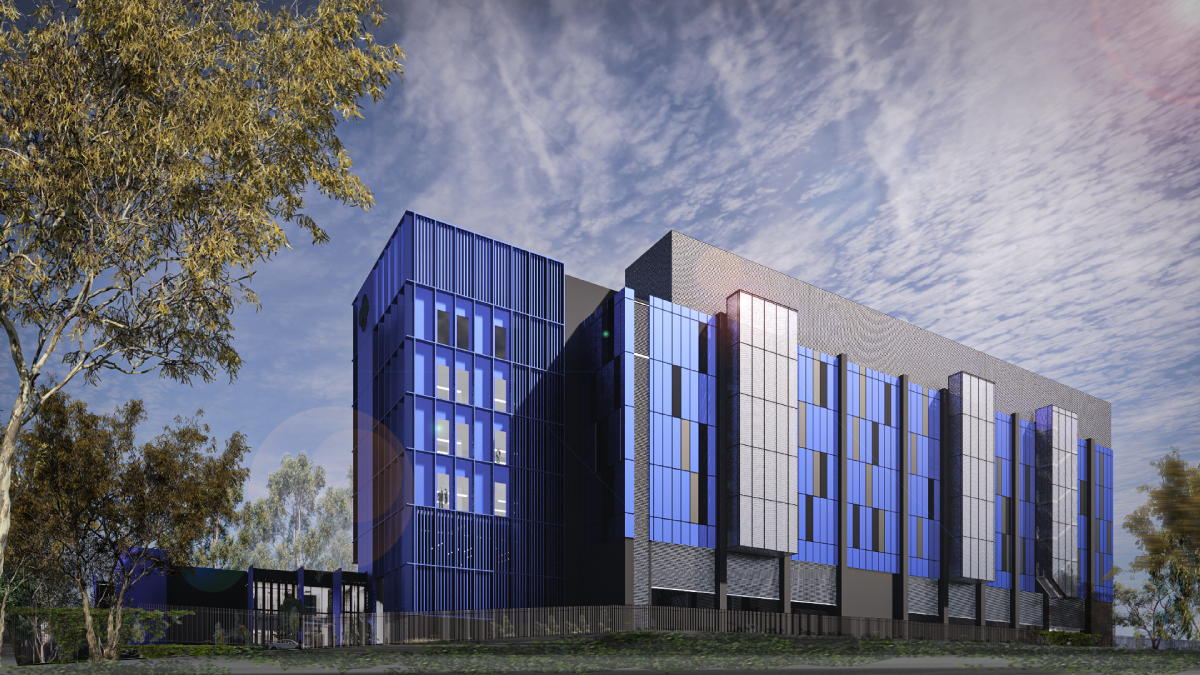Data centres need to take advantage of cutting-edge technologies and strategic approaches to workforce management to support the growing demand and complexity of AI applications, says Alan Stewart-Brown, VP EMEA at Opengear.
Governments worldwide are today prioritising investments in artificial AI, and the UK is among the pioneers. As highlighted in the Chancellor’s 2023 Autumn Statement, the government plans to allocate an additional £500 million towards AI computing over the next two fiscal years, supplementing the initial £300 million dedicated to the first phase of the new AI Research Resource.
The implications for data centre infrastructure are profound. As AI technologies grow more sophisticated and their applications more widespread, data centres face escalating pressures to evolve rapidly while ensuring security, sustainability, and scalability.
For data centres, scalability is no longer a luxury but a necessity. As AI solutions proliferate, the demand for processing power escalates, meaning data centres need to expand their capacity swiftly and efficiently. However, this expansion isn’t just about adding more servers or storage; it also requires sophisticated orchestration, automation, and network management to handle the increased load effectively.
Sustainability, security, and continuity of service
Coupled with all this, the environmental impact of scaling data centres is a critical concern. With greater power comes increased energy consumption and, consequently, a larger carbon footprint. Data centres are thus compelled to not only manage their energy consumption more effectively but also to invest in renewable energy sources and advanced cooling technologies. Ensuring the longevity of data centres amid rapid AI expansion requires a balanced approach to growth and environmental responsibility.
As data centres grow more integral to AI operations, the stakes for network security and operational continuity escalate further. The complexity of AI applications and the data they process require robust protection against cyber threats and efficient recovery systems to handle potential disruptions.
Ramping up the challenge still further, data centre businesses are faced with having to do all this with what is, in many cases, a dwindling workforce. The Uptime Institute Data Center Staffing Survey 2023 found that 58% of data centre operators reported that their organisation is having difficulty finding qualified candidates for open jobs.
More specifically, there is also a significant shortage of network engineers in many regions, with research by Opengear revealing that nearly two-thirds (61%) of UK-based CIOs expect at least 25% of their network engineers to retire in the next five years.
So, with the relentless advance of AI continuing to put their networks under ever-increasing amounts of pressure, many data centres are forced to confront a wide range of other challenges – from escalating cyber-threats to skills shortages – that make dealing with these pressures effectively even more difficult.
That’s where the latest AI-driven network management solutions come in, ensuring that data centres can scale up, even with network engineers in short supply, without compromising efficiency or performance. Alongside this core network management capability, power management and monitoring can be applied, aiding data centres in achieving greener operations.
At the same time, in order to ensure they can maintain service continuity even under adverse conditions, data centres need to look at solutions like Smart Out of Band Management that provide an independent overlay management network and ensure seamless connectivity for both Ethernet and serial management. In this way, they can help ensure they are achieving robust network management, whatever their evolving needs may be.
To do all this effectively, however, involves data centres not only upgrading their physical infrastructure but also integrating AI within their operational frameworks to optimise processes and pre-emptively address potential issues.
In the US, President Biden’s recent executive order highlights the focus on AI’s implications for business operations, suggesting a future where data centres are central to AI-driven innovation. This governmental spotlight highlights the need for data centres to continue to focus on early adoption of new technology that puts them in a position to handle the increasing demands of AI workloads.
An AI future
The escalating demands placed on data centres by the rapid expansion of AI require a comprehensive approach that encompasses scalability, sustainability, and security. As government investments like those in the UK and US underscore the importance of AI, data centres must adapt quickly, enhancing their infrastructure and integrating sophisticated AI-driven technologies for network management and automation. These upgrades are vital not only for accommodating the increasing computational needs but also for ensuring energy efficiency and robust cybersecurity measures.
Furthermore, the significant workforce challenges highlighted by recent surveys necessitate innovative solutions to overcome skill shortages and maintain operational continuity. By leveraging cutting-edge technologies and strategic approaches to workforce management, data centres can ensure they remain resilient and efficient, poised to support the continuous growth and complexity of AI applications. This proactive adaptation is crucial for data centres to thrive as central players in the AI-driven landscape, enabling them to support future technological advancements while maintaining environmental responsibility and operational security at the same time.





